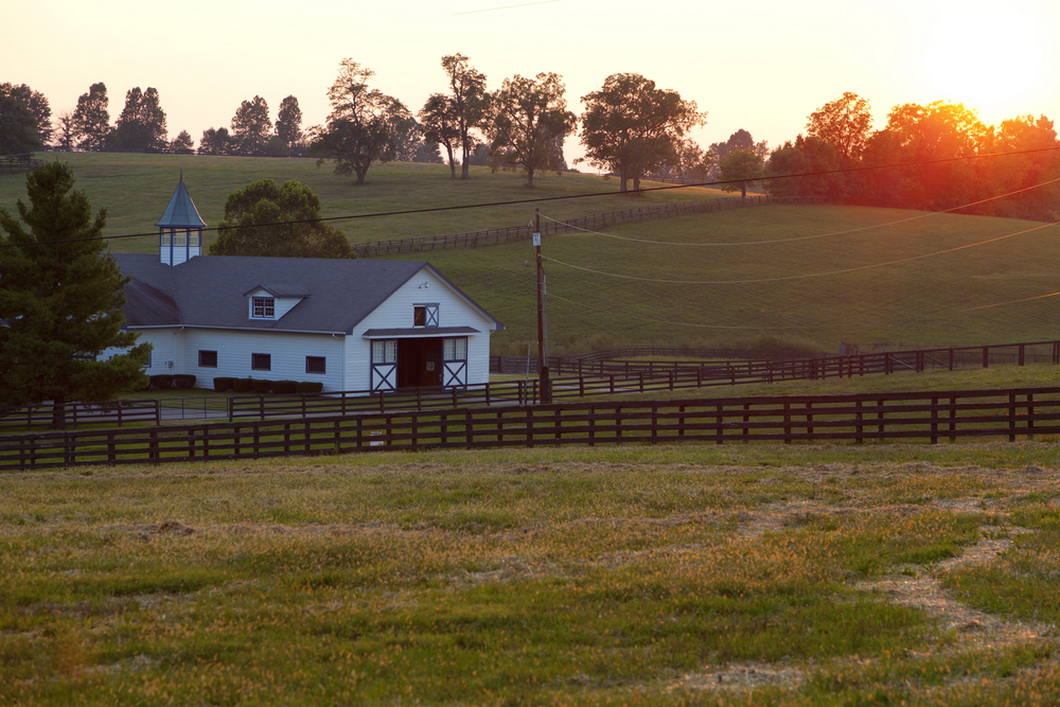
Trees are like children; they need attention. They need to be treated with tender love and care to flourish, and especially when they are young. When you live on a ranch, you are bound to learn a thing or two about taking care of trees. I recently bought a ranch with lots of trees on it and let me just say that it has been a good learning opportunity. I also made friends with some awesome local tree service guys from Tacoma who showed me a thing or two. The following are some of the things that I didn’t know but have learned along the way;
Mulching
Mulching is beneficial to trees. Covering the soil surrounding the trees with organic or non-organic matter is essential to tree care. It not only maintains the moisture in the roots but also ensures that high temperatures in the environment do not damage the roots of the tree. One thing that you should know is that how you mulch is crucial.
Putting mulch too close to the trunk of the tree, for instance, may suffocate the tree, killing it. The material used also matters as some materials may absorb heat and stress out the tree.
Pruning
On the one hand, pruning too much may damage a tree. On the other hand, not pruning may also be bad for the trees in your ranch. You want the trees to maintain a good shape, get rid of dying branches that harbor pest infestations and make room for further growth of trees. Pruning will achieve all these. However, you may get over excited with the pruning and overdo it, leading to negative consequences.
The leaves provide shade for the tree; thus too much pruning would expose it to too much sunlight weakening it, and even killing it. Too much heat is especially bad for young and thin trees which may get their barks scalded.
Maintenance
Tree maintenance never really ends. You will need to add fertilizer and mulch, prune, water it from when it is a young plant to later stages. Watering the plant, in particular, may end when it is older, and the roots have gone deep enough to source their own water. This depends on the type of tree in question.
This introduces the other point that each tree is different and there is no one set way of maintaining every type of tree. Some may need to be watered frequently, and others can survive on less water. Getting to know what each tree type needs is in your best interests to ensure that they are healthy.
Trees are beneficial to us as humans and animals as well. They are more useful to us when they are older than younger, thus require to be taken care of especially in their first years. This is the much knowledge I have acquired along the way and I hope it benefits someone who not only lives on a ranch but anyone who has tress around their houses or on their commercial property.
Continue Reading→